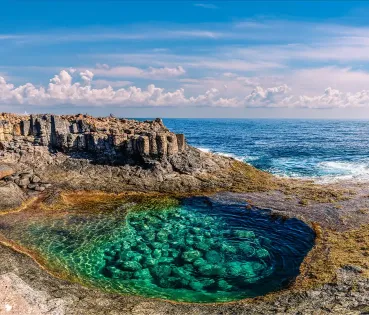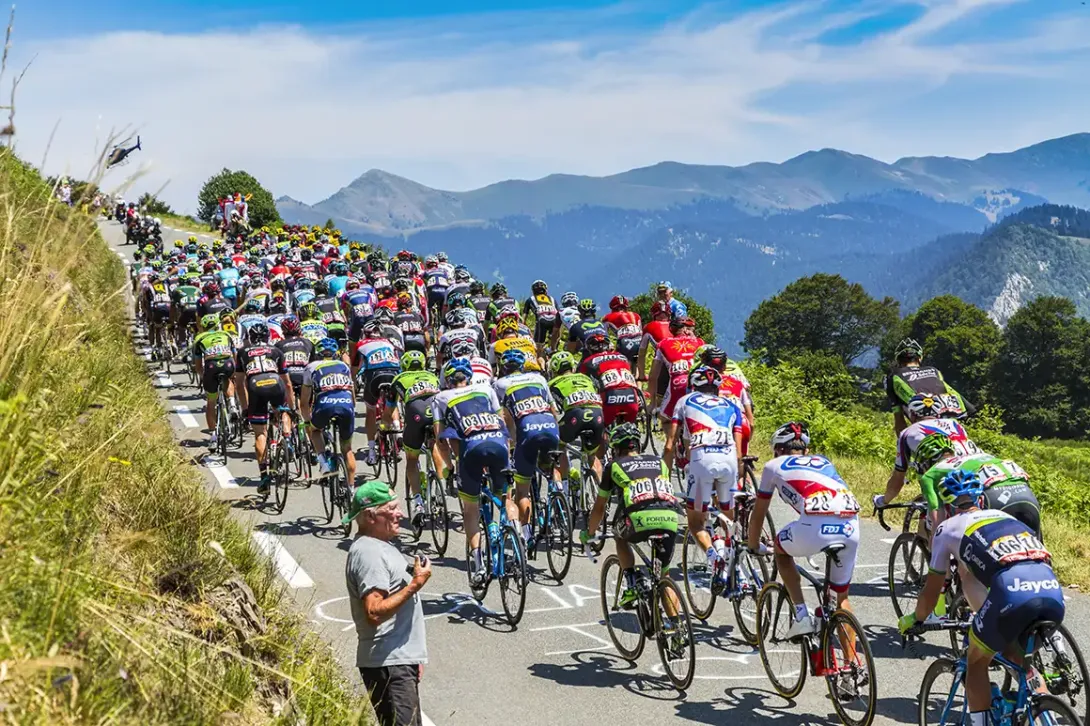
The centenary legacy of the Tour de France
The 112th edition has its sights on the rivalry between Tadej Pogӑcar and Jonas Vingegaard, who have won three and four of the French competitions respectively.
On the 19th of July, 1903 a 32-year old man, with Italian background, but holding French nationality arrived in Paris on his bicycle, to cross the finish line of the Tour de France for the first time. His name was Maurice Garin (1871-1957) and at that point he had been pedalling for nineteen days alongside another 60 cyclists. This trial- virtually a survival trial, proposed by the daily sporting newspaper L’Auto (now L’Equipe) to obtain more readers and be able to compete with the reference daily sports newspaper at the time, Le Vélo, has become, over one hundred years on, one of the most important sports competitions in the world.
An endurance race
The Tour de France currently has accumulated 112 editions with a simple premise: a bicycle race that covers 3,340 kilometres of French countryside, seeking out a balance between cultural landscape and high mountains. Although the ‘Grand Départ’ also started off in Paris in the beginning, the French capital city is now only the finishing line of the race and the race now starts in many different nearby regions and countries, such as London, Brussels, Copenhagen or the Basque Country.
The winner is crowned after accumulating the lowest times for each of the stages in the classification (the leader of each race stands out due to the ‘maillot jaune’ or yellow jersey that they wear instead of their team’s colours), although the race is not set forth on the road as an individual competition, but rather a strategic game in which specific targets are pursued. Therefore, while there are cyclists who look for a high score in the general classification, there are others who compete to win some of the most prestigious stages.
Traditionally, 22 teams compete, with 8 cyclists in each of them, making up a total of 176 participants. This year, however, the UCI authorised a twenty-third place, making a total of 184 competitors. The race has historically been dominated by Europeans, particularly French and Belgians. Spain and Italy have been the regions that make up most “invasions” in the race, both with very well-known names on the podium and winners of the other two most important cycling competitions (the Spanish Vuelta and the Italian Giro).
2025: A decisive year
This year’s route will visit 11 French regions, including stages in the Pyrenees, the Alps and the French Massif Central, with five finishing lines at the peaks: Hautacam, Luchon-Superbagnéres (where the mythical Col du Tourmalet may be found), Mont Ventoux, Courchevel (considered the most important stage, which will end in Le Col de la Loze) and La Plagne. Additionally, for the first time since 2020, the route will take place entirely within the French borders. The starting point will be in Lille and the finish in Montmartre, with a route of 21 stages that include 2 days of rest in Toulouse and Montpellier. The race will also have two individual time trial stages – a route category in which each cyclist rides alone without any companions, therefore without being able to ride in another rider’s slipstream, aimed at covering a specific distance in the shortest time possible – 33 kilometre in Caen, during Stage 5 and another 11 kilometre trial in the mountains in Peyragudes during Stage 13.
The epic battle predicted between the two current leaders – Tadej Pogacar, of the UAE Team Emirates-XRG and Jonas Vingegaard, of the Visma-Lease a Bike team, are turning this competition into a modern milestone, which could end with a possible fourth victory by Pogacar, bringing him very close to reaching the historic podium where Anquetil or Merckx made their mark. Additionally in 2025, the Tour de France Femmes will be held for the third time, which will cover 1,000 kilometres in 9 different stages between Brittany and the Alps; an event that raises the category of the women’s cycling competition once and for all.
The four great cyclist of history
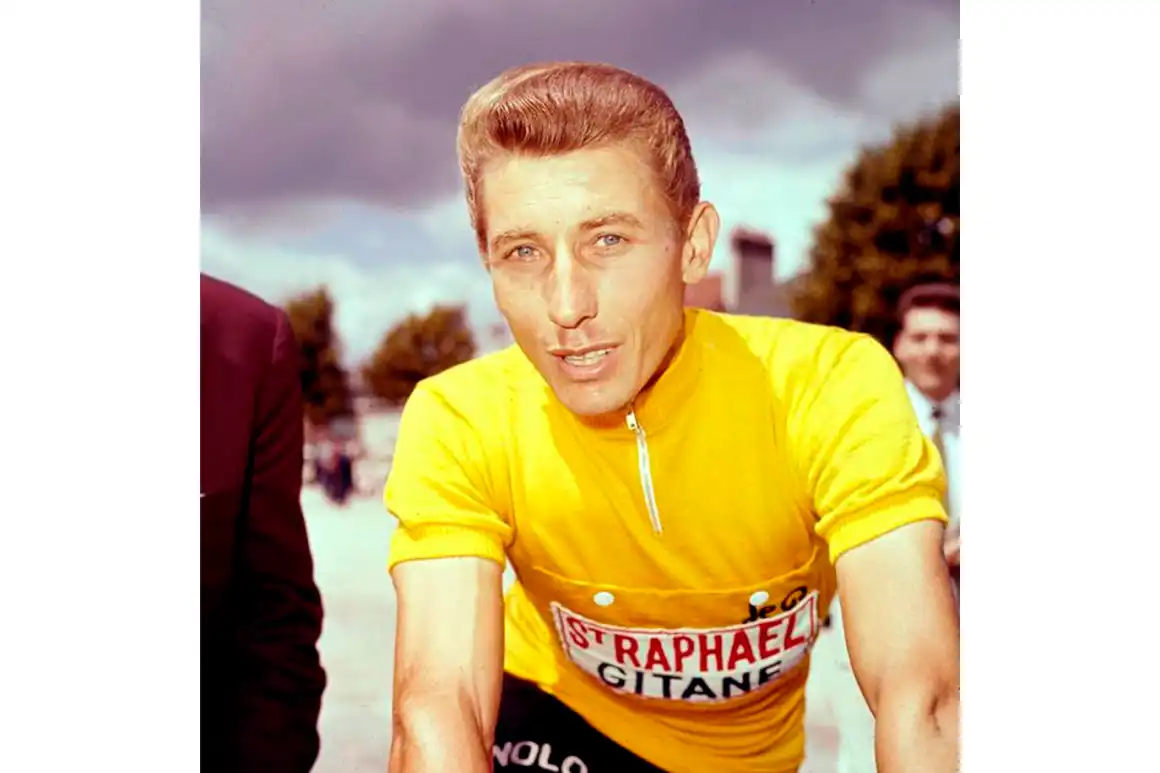
Jacques Anquetil (France). 5 victories (1957, 1961, 1962, 1964)
1 of 4
He started out as a promising amateur cyclist and won a bronze medal at the 1952 Olympic Games in the team time trial, a category in which he stood out throughout his career. He was the first cyclist to win five Tours de France, the first when he was only 23 years old. In his last victory, in 1964, he experienced a legendary duel with the Frenchman Raymond Poulidor, who he beat by just 55 seconds.
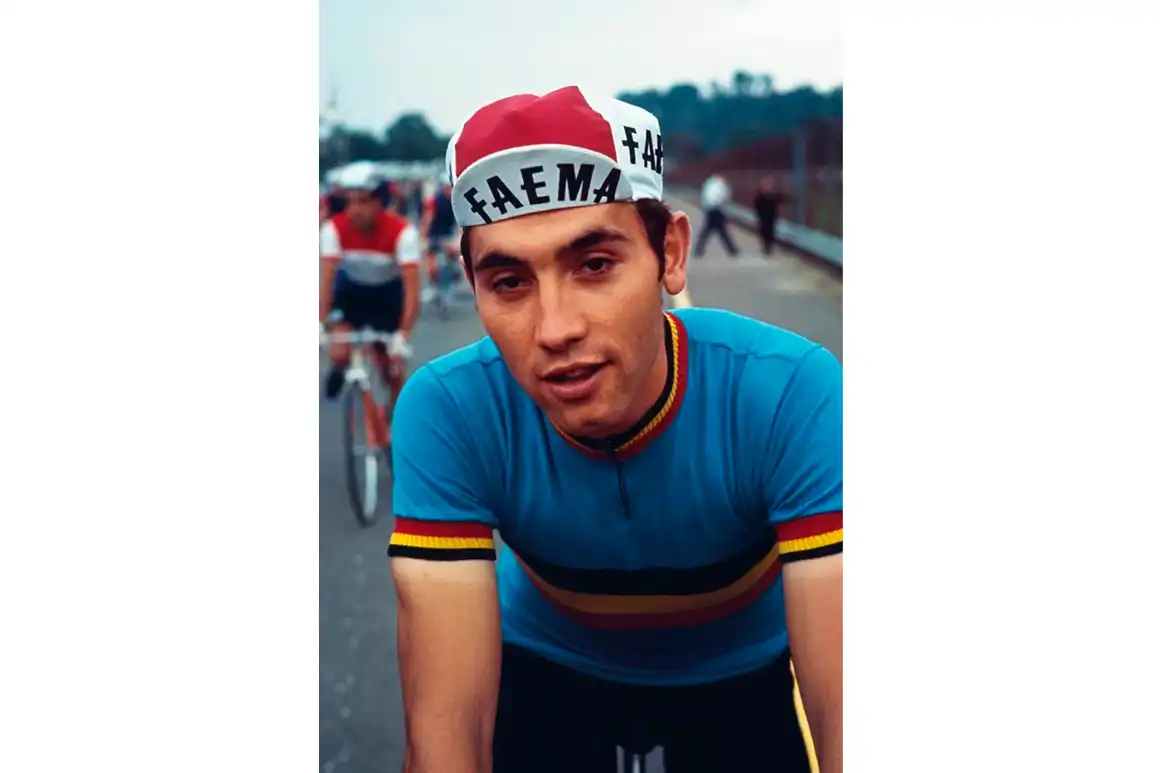
Eddy ‘the Cannibal’ Merckx (Belgium). 5 victories (1969, 1970, 1971, 1972, 1974)
2 of 4
Considered to be the best cyclist in history, Édouard Louis Joseph Merckx stood out as a cyclist from the moment he started competing, at the age of 16 years. With a much more aggressive style, he quickly equalled Anquetil’s score, but with a much greater dominion in both the mountains and the time trial, with a record of 111 days wearing the yellow jersey. He holds the record of stage victories, having reached a tie with the British cyclist Mark Cavendish (both have crossed the finish line at the head on 34 occasions) and he has 525 victories as a professional under his belt, a figure that no other cyclist has reached.
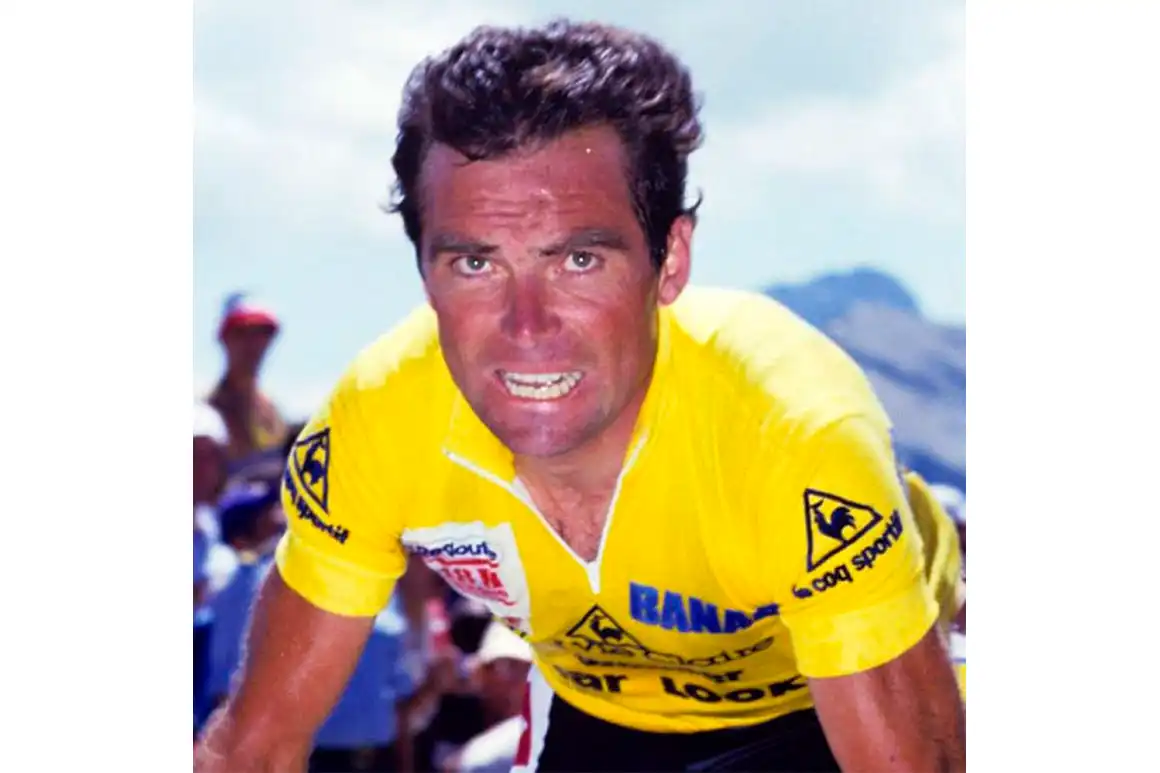
Bernard Hinault (France). 5 victories (1978, 1979, 1981, 1982, 1985)
3 of 4
He won his first Tour de France at the age of 23 years, overtaking the Dutchman, Joop Zoetemelk (five-time runner-up), one of the most prominent figures of the time. Although he did not have complete dominion over the competition and he coincided with other outstanding cyclists such as Zoetemelk, Laurent Fignon, Greg LeMond or Lucien Van Impe in the different types of stage during the race, he managed to equal the number of victories and become one of the great figures of the ‘Grande Boucle’.
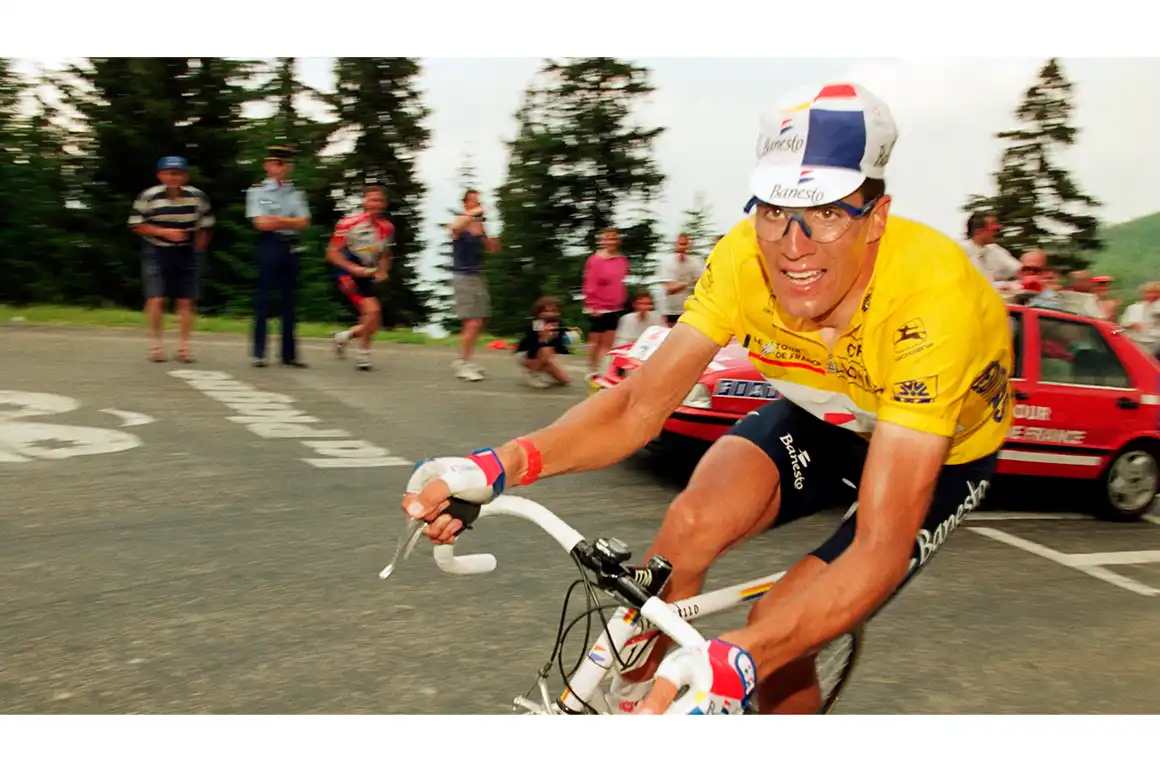
Miguel Indurain (Spain). 5 consecutive victories (1991-1995)
4 of 4
The cyclist from Navarra, Miguel Indurain marked a historical milestone by becoming the first rider to win the Tour de France five times running, with a complete dominion in the time trial. In 1990 he won his first stage in the Tour and one year later he overtook the Italians Claudio Chiappucci and Gianni Bugno, both great competitors of the Tour. He won 7 stages and managed to wear the yellow jersey for 60 days (the third longest time recorded in history.)


